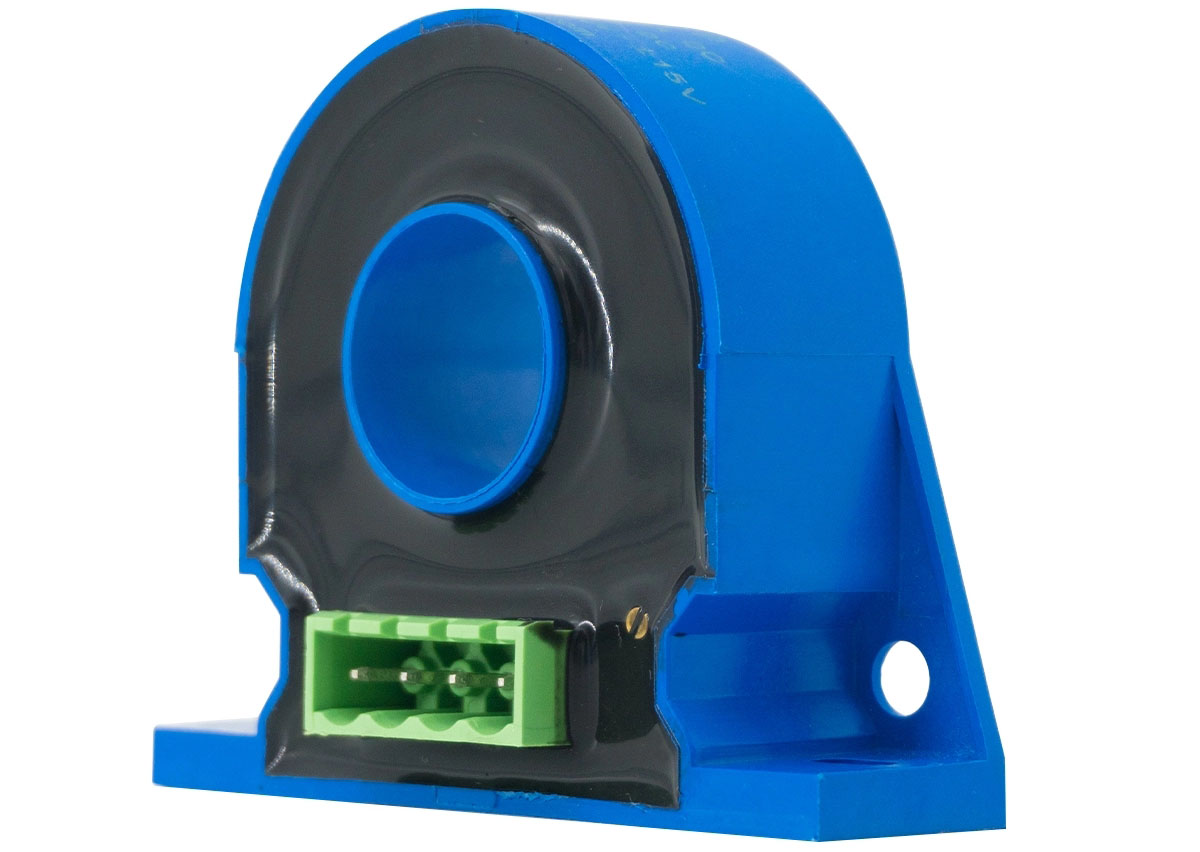Views: 0 Author: Site Editor Publish Time: 2025-11-18 Origin: Site










Leakage current refers to an unintended flow of electric current from a conductor to the ground or other unintended paths, often caused by insulation degradation, moisture, or faults in electrical equipment. Detecting leakage current is critical for ensuring electrical safety, preventing equipment damage, and avoiding potential hazards such as electric shock or fire. Leakage current sensor are specialized devices designed to measure and monitor these unwanted currents in real time.

Leakage current sensors operate by measuring the differential current in a circuit. In a balanced, properly insulated system, the sum of currents in the live and neutral conductors should be zero. When a leakage occurs, part of the current diverts to the ground or another unintended path, creating an imbalance. Leakage current sensors detect this imbalance and convert it into a measurable signal.
Zero sequence current transformer are commonly used for leakage detection. These sensors encircle the live and neutral conductors. Under normal operation, the magnetic flux generated by the currents cancels out. If leakage current occurs, the imbalance produces a net magnetic flux, which is detected by the transformer core and converted into a voltage signal proportional to the leakage current.
Hall effect sensor use a magnetic field sensor to detect the net current in a conductor. They can measure both AC and DC leakage currents and are suitable for systems where continuous monitoring of leakage is required. Clamp-on leakage sensors are portable devices that can be clamped around a conductor to detect leakage current without breaking the circuit. They are convenient for maintenance inspections and temporary monitoring.
Leakage current sensors have wide applications across industrial, commercial, and residential settings. In residential and commercial buildings, leakage current sensors are used with residual current devices or residual current circuit breakers to detect ground faults and trip circuits, preventing electric shock hazards. Industrial machines, motors, and automation systems often operate at high voltage and under challenging conditions. Leakage current sensors detect insulation degradation or equipment faults early, reducing downtime and avoiding costly damage.
In photovoltaic installations, energy storage systems, and electric vehicle charging stations, leakage current sensors help ensure electrical safety and regulatory compliance by continuously monitoring insulation conditions and detecting ground faults. In data centers and medical facilities, continuous leakage current monitoring ensures uninterrupted operation and protects sensitive equipment from electrical faults.
Leakage current sensors are essential for detecting unintended current flows that could indicate insulation failure or faults in electrical systems. By monitoring differential currents, they provide early warnings of potential hazards, enabling preventive maintenance and safety compliance. Their versatility allows application across residential, commercial, industrial, and renewable energy systems, making them a critical component for modern electrical safety and monitoring solutions.